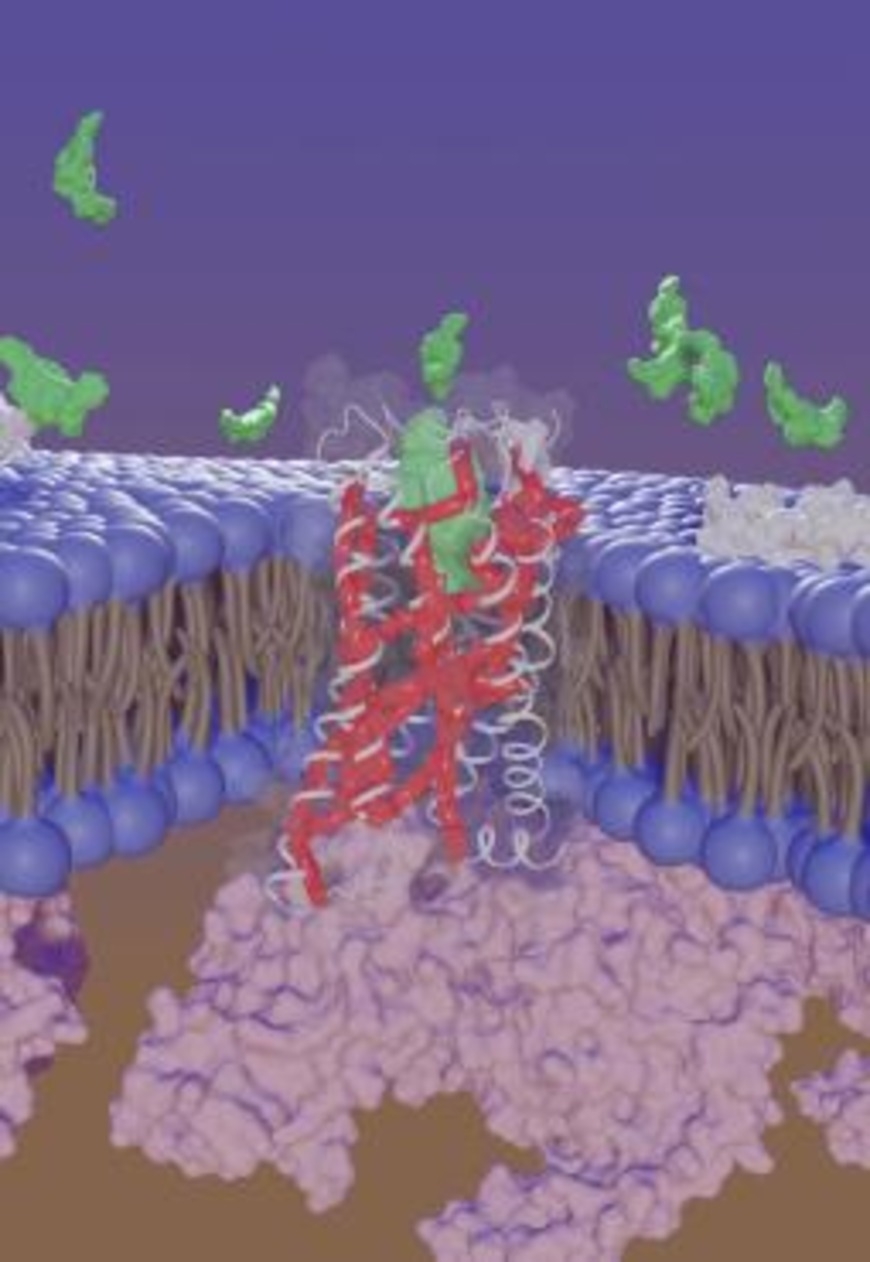We reach more than 65,000 registered users in Dec!! Register Now

City of Hope scientists uncover new active regions on cell surface receptor, expanding scope for drug targets to treat heart disease
- August 22, 2023
- 11 Views
- 0 Likes
- 0 Comment
Finding could lead to a new class of drugs to address cardiovascular side effects of some cancer therapies.
Scientists at City of Hope, one of the largest cancer research and treatment organizations in the United States and a leading research center for diabetes and other life-threatening illnesses, have uncovered new molecular targets on a cell receptor that play a major role in cardiovascular regulation. The findings could lead to improved drugs for heart disease, an unfortunate side effect of some cancer therapies. Science Signaling published the study this week.
The City of Hope researchers led by Nagarajan Vaidehi, Ph.D., professor and chair of the Department of Computational and Quantitative Medicine within Beckman Research Institute of City of Hope, collaborating with a team at McGill University led by Stephane Laporte, Ph.D., revealed mechanisms on a receptor called Angiotensin II type 1, or AT1R, that allow hormones and drugs to transfer information on the cell surface. Unraveling these communication pathways enable scientists to take the next step in designing targeted therapies for cardiovascular disease.
SIGNIFICANCE
The study used a combination of computational methods and experiments to identify newer drug binding sites in the receptor AT1R that significantly expands the scope of potential targets for drug development, particularly new therapeutics that influence the activity of the receptor in heart disease.
“We identified previously unknown domains and mechanisms within AT1R that enable the receptor to bind with molecules and transmit specific signals. Our work strongly suggests these regions offer promising targets for new treatments for cardiovascular diseases,” Vaidehi said. “Equally exciting, is the finding that multiple drug binding sites exist on these proteins that bind to AT1R, paving the way for us to develop a new class of medicines with less side effects for patients.”
BACKGROUND
Current medicines act on the AT1R receptor to elicit specific cellular responses, but, until now, scientists have not decoded the mechanisms behind them. In this study, the team blended computational modeling with leading-edge approaches in structural biology and pharmacology to detect signaling within AT1R that dictates the receptor’s responses to key intracellular pathways. Understanding the nuances behind this interaction will lay the foundation for researchers to design effective targeted therapies for cardiovascular diseases.
List of Referenes
- Yubo Cao, Wijnand J. C. van der Velden, Yoon Namkung, Anita K. Nivedha, Aaron Cho, Dana Sedki, Brian Holleran, Nicholas Lee, Richard Leduc, Sanychen Muk, Keith Le, Supriyo Bhattacharya, Nagarajan Vaidehi, Stéphane A. Laporte. Unraveling allostery within the angiotensin II type 1 receptor for Gα q and β-arrestin coupling. Science Signaling, 2023; 16 (797) DOI: 10.1126/scisignal.adf2173
Cite This Article as
No tags found for this post









